-
Тел. : +8618150976625
-
Эл. адрес : Hello@MicrofiberLeather.com
Тел. : +8618150976625
Эл. адрес : Hello@MicrofiberLeather.com

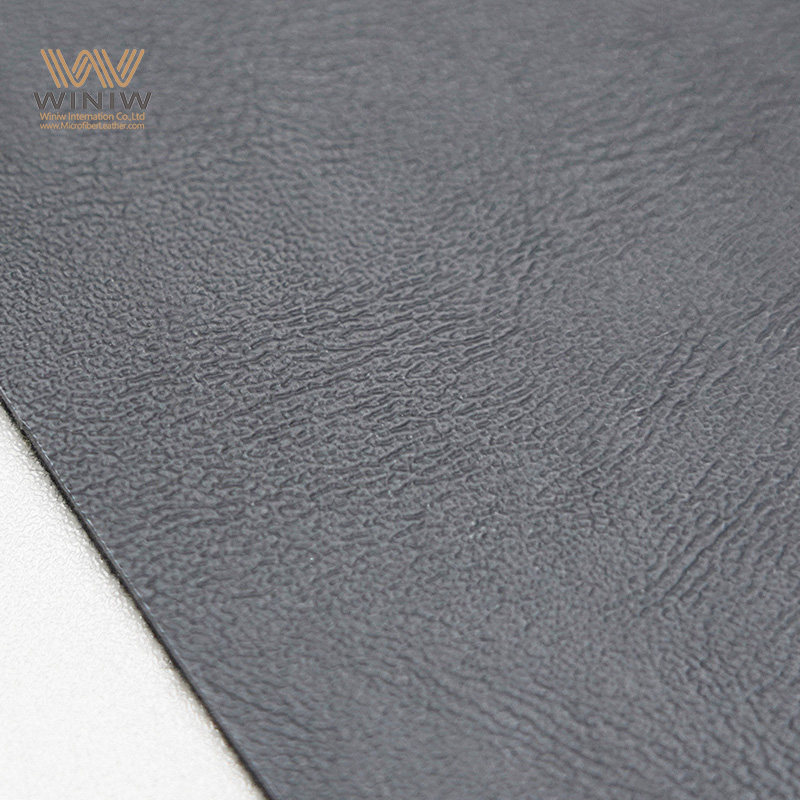

Каждый работник заслуживает защитную обувь, которая обеспечивает комфорт с первого шага до конца смены. Комфорт и безопасность неразрывно связаны при выборе защитной обуви из полиуретана, поэтому правильная пара обуви играет ключевую роль. Ключевыми факторами являются посадка, амортизация, воздухопроницаемость, лёгкость конструкции, надёжное сцепление и комфорт, соответствующий особенностям работы. Работники должны рассчитывать на то, что их рабочая обувь и защитные ботинки обеспечат им безупречную поддержку.
Правильная посадка обуви критически важна для комфорта и производительности. Измерьте обе ноги и примерьте обувь в конце дня, чтобы подобрать оптимальный размер.
Ищите защитную обувь с мягкими стельками и Подошвы из ПУЭти особенности обеспечивают амортизацию и снижают утомляемость во время длительных смен.
Выбирать дышащие материалы Чтобы ноги оставались сухими и чувствовали себя комфортно. Влагоотводящие подкладки и вентиляция предотвращают появление мозолей и неприятного запаха.
Выбирайте лёгкую и гибкую обувь, чтобы не стеснять движений. Более лёгкая обувь снижает утомляемость и обеспечивает большую подвижность на рабочем месте.
При выборе защитной обуви учитывайте специфику работы. Индивидуальный дизайн обеспечивает оптимальную защиту и комфорт в различных рабочих условиях.
A правильная посадка в защитной обуви Закладывает основу для длительного комфорта и здоровья стоп. Работники, пренебрегающие правильной посадкой обуви, часто испытывают дискомфорт, усталость и даже хронические проблемы со стопами. Правильная посадка обуви не только предотвращает боль, но и способствует повышению производительности на протяжении всего рабочего дня.
Точное измерение — первый шаг к выбору оптимальной обуви. Размеры обуви могут различаться у разных брендов, поэтому перед покупкой новой защитной обуви важно измерить обе ноги. Два надежных метода помогают работникам определить правильный размер:
Настенный метод: Встаньте на ровную поверхность, уперевшись пяткой в стену, и подложите под стопу лист формата А4. Отметьте кончик самого длинного пальца, затем измерьте расстояние от стены до отметки. Добавьте к этой длине 5–8 мм для большего комфорта. Всегда выбирайте размер, исходя из длины стопы.
Метод отслеживания: Обведите контур стопы, держа карандаш вертикально. Измерьте расстояние от пятки до самого длинного пальца. Этот метод хорошо подходит для людей с нестандартной формой стопы.
Совет: Примеряйте защитную обувь в конце дня, когда ноги слегка отекают. Это обеспечит более точную посадку и комфорт в течение всего дня.
Многие работники сталкиваются с такими проблемами, как образование мозолей, защемление или смещение пятки из-за неправильной посадки. Эти проблемы могут привести к более серьёзным заболеваниям, таким как подошвенный фасциит. Правильная поддержка свода стопы В защитной обуви амортизирует удары и равномерно распределяет вес, снижая нагрузку на стопу и минимизируя давление на пятку. Стельки с поддержкой свода стопы не только повысить комфорт но и помогают предотвратить травмы.
К распространенным признакам плохой посадки относятся:
Пальцы ног касаются передней части обуви
Чрезмерное движение пятки
Плотность в самой широкой части стопы
Выбор защитной обуви Правильная посадка и достаточная поддержка свода стопы защищают здоровье стоп и обеспечивают комфорт во время длительных смен. Работникам всегда следует отдавать приоритет оптимальной посадке, чтобы избежать дискомфорта и возможных травм.
Полиуретан, часто называемый ПУ, создаёт подошву, отличающуюся лёгкостью и амортизирующими свойствами. Работникам, проводящим много времени на ногах, нужна подошва, которая смягчает каждый шаг. Подошвы из полиуретана обеспечивают мягкую, но упругую основу, снижая нагрузку на суставы и мышцы. Этот материал также устойчив к сжатию, поэтому подошва сохраняет форму и поддержку на протяжении всего рабочего дня. Многие модели защитной обуви используют подошву из полиуретана двойной плотности, которая сочетает в себе жёсткий внешний слой для прочности и более мягкий внутренний слой для комфорта. Такая конструкция помогает снизить усталость и сохраняет энергию ног.
Стельки с мягкой подкладкой играют важную роль в повышении комфорта. Производители разрабатывают эти стельки, которые адаптируются к форме стопы, обеспечивая индивидуальную поддержку. Сочетание полиуретановой подошвы и мягких стелек создает комфортную среду для стопы. Работники отмечают снижение болезненных ощущений и большую устойчивость даже после длительных смен. Подошва с мягкой подкладкой поглощает удары при ходьбе по твердым поверхностям, что делает защитную обувь подходящей для рабочих мест с повышенными требованиями к качеству.
Качественные амортизирующие стельки Они не просто обеспечивают мягкость. Они обеспечивают целевую поддержку свода стопы, пятки и подушечки стопы. Правильная поддержка свода стопы в защитной обуви равномерно распределяет вес и уменьшает точки давления. Такая поддержка помогает предотвратить распространённые проблемы, такие как подошвенный фасциит и боль в пятке. Эргономичные стельки, разработанные с учетом амортизации и поддержки свода стопы, снижают утомляемость и повышают общий комфорт.
В следующей таблице показаны преимущества эргономичных амортизирующих стелек в защитной обуви:
Особенность | Выгода |
|---|---|
Эргономичные стельки | Обеспечивают поддержку свода стопы и амортизацию для снижения утомляемости. |
Работникам следует выбирать защитную обувь со съёмными амортизирующими стельками. Это позволяет легко заменить и подогнать обувь под себя. Поддерживающая подошва и качественные амортизирующие стельки обеспечивают устойчивость и комфорт при каждом шаге. Приобретение защитной обуви с такими характеристиками способствует улучшению здоровья стоп и повышению комфорта на работе.
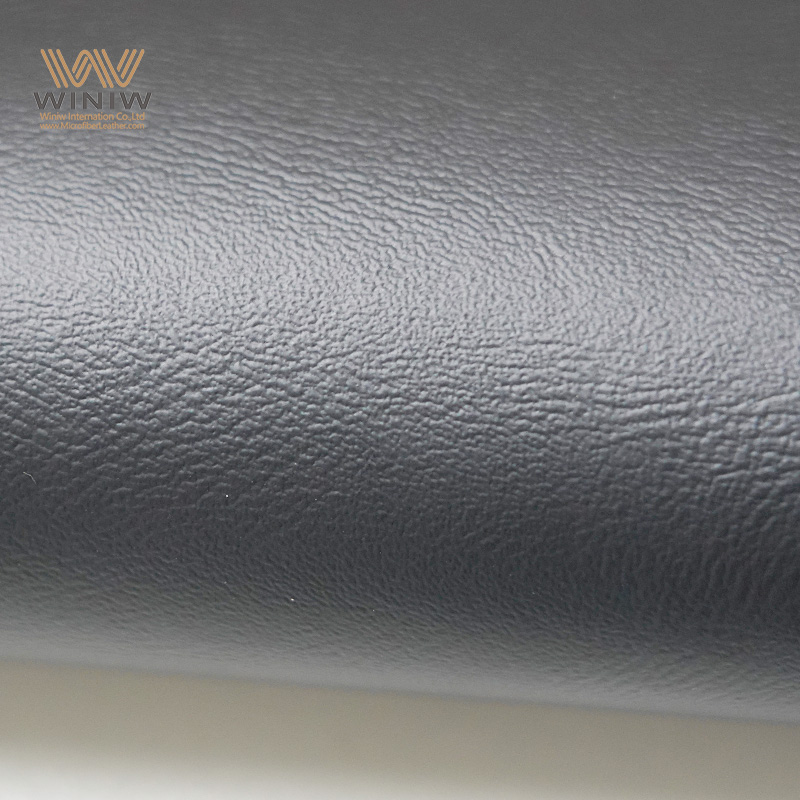

Дышащие материалы играют решающую роль в конструкции защитной обуви. Производители выбирают подкладки, которые отводят влагу от стопы. Это свойство сохраняет ноги сухими и снижает риск образования мозолей. Многие модели защитной обуви используют влагоотводящая подкладка Это позволяет воздуху свободно циркулировать. Работники оценят высококачественный водонепроницаемый верх из цельнозерновой кожи, который обеспечивает как защиту, так и вентиляцию. Стелька из полиуретана с технологией Anti-Fast улучшает циркуляцию воздуха вокруг стопы. Легкая промежуточная подошва из пеноматериала Hover Spring™ дополнительно улучшает вентиляцию. В совокупности эти особенности поддерживают прохладную среду внутри обуви.
Верх из высококачественной водонепроницаемой кожи
Стелька из полиуретана с технологией Anti-Fatigue
Легкая промежуточная подошва из пеноматериала Hover Spring™
Хорошо проветриваемая обувь предотвращает накопление тепла. Работники, проводящие много времени на ногах, испытывают меньше дискомфорта. Правильные материалы помогают поддерживать комфорт в течение всего дня.
Контроль влажности необходим для здоровья ног и предотвращения появления запаха. Защитная обувь с антимикробной обработкой подкладки предотвращает рост бактерий. Эта обработка помогает контролировать запах даже при длительном ношении. Конструкция подошвы также способствует отводу влаги. Полиуретановая подошва не впитывает воду и быстро сохнет. Структура подошвы позволяет поту испаряться, сохраняя свежесть ног.
Работникам следует выбирать защитную обувь со съёмной подошвой. Это позволяет легко чистить и сушить её. Правильно спроектированная подошва предотвращает скопление влаги. Регулярная чистка подошвы и стельки продлевает срок службы обуви и обеспечивает комфорт. Правильный контроль влажности и запахов гарантирует комфорт и гигиеничность защитной обуви на протяжении всей смены.
Работникам, проводящим много времени на ногах, необходима защитная обувь, снижающая усталость. Легкая конструкция Играет решающую роль в снижении нагрузки. Производители используют передовые материалы, чтобы создать лёгкую, но прочную подошву. Более лёгкая подошва снижает затраты энергии на каждый шаг. Работники меньше устают в конце рабочего дня.
Лёгкая подошва также повышает маневренность. Сотрудники быстро и эффективно перемещаются по рабочему объекту. Многие бренды разрабатывают защитную обувь с подошвой двойной плотности. Такая конструкция сочетает в себе прочный внешний слой и мягкий внутренний. В результате обувь поглощает удары и обеспечивает комфорт. Работники получают преимущество от подошвы, которая поддерживает стопу, не утяжеляя её.
Совет: Перед покупкой сотрудникам следует сравнить вес разных моделей защитной обуви. Более лёгкие варианты часто обеспечивают больший комфорт при длительных сменах.
Гибкость повышает общую эффективность защитной обуви. Гибкая подошва обеспечивает естественное сгибание стопы. Работники получают большую свободу движений. Эта особенность особенно важна при выполнении работ, требующих стояния на коленях, подъёма или частой смены направления движения.
Производители оснастили подошву канавками и эргономичными узорами. Эти детали повышают гибкость, не жертвуя защитой. Подошва адаптируется к различным поверхностям, обеспечивая надежное сцепление и устойчивость. Работники чувствуют себя уверенно на неровной поверхности.
В следующей таблице показаны преимущества гибкой подошвы в защитной обуви:
Особенность | Выгода |
|---|---|
Способствует естественному движению стопы | |
Эргономичный дизайн | Улучшает сцепление и устойчивость |
Поглощение ударов | Уменьшает воздействие на суставы |
Спецобувь с гибкой подошвой обеспечивает комфорт и поддержку. Сотрудники легко выполняют задачи и сохраняют производительность в течение всего дня.
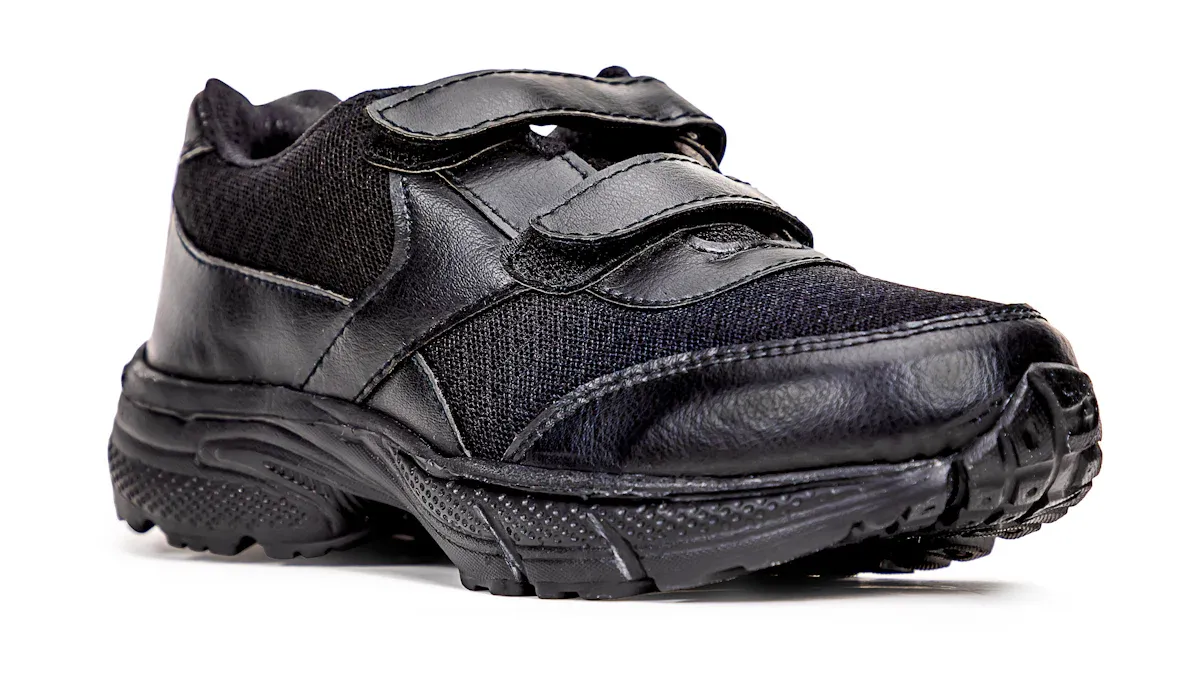
Защитные ботинки должны обеспечивать надежную защиту и комфорт при длительном ношении. Защитные подноски защищают ноги от ударов и сдавливания, обеспечивая необходимую защиту от падающих предметов. Многие защитные ботинки сейчас используют... легкие композитные подноски Соответствующие стандартам ASTM и CSA. Эти кепки обеспечивают защиту, не утяжеляя голову, что позволяет сохранять комфорт в течение всего рабочего дня.
Сцепление остается важнейшим фактором безопасности ботинок. Подошва MaxTRAX® Отводит жидкость от протектора, обеспечивая исключительное сопротивление скольжению. Эта особенность обеспечивает защиту от скольжения и устойчивость на мокрых или маслянистых поверхностях. Различные рабочие условия требуют специальные тяговые решения, поэтому производители разрабатывают защитную обувь с улучшенным сцеплением. Исследования продолжают улучшать способность защитной обуви справляться с загрязняющими веществами, что ещё больше улучшает сцепление и защиту от острых предметов.
В следующей таблице представлены основные функции безопасности, не влияющие на комфорт:
Функция безопасности | Описание |
|---|---|
Сопротивление скольжению | Подошва MaxTRAX® отводит жидкость, обеспечивая превосходное сцепление и защиту от скольжения. |
Композитная защита носка | Легкие композитные подноски соответствуют стандартам ASTM, обеспечивая защиту от падающих предметов. |
Опасность поражения электрическим током | Защита от открытого электрического тока напряжением до 600 вольт, необходимая для определенных рабочих мест. |
Примечание: работникам следует регулярно проверять защитную обувь и заменять ее, чтобы гарантировать оптимальную защиту.
Многосертифицированная защитная обувь обеспечивает защиту от широкого спектра опасностей на рабочем месте. Эти защитные ботинки часто имеют Композитный защитный носок, одобренный CSA и ASTM и пластиной, защищающей от острых предметов и сильных ударов. Конструкция TERRA FIRMA-FLEX™ гарантирует 100% отсутствие металла в ботинках, что повышает комфорт и безопасность в условиях металлоискателей.
Инновации в области защитной обуви включают в себя непосредственно прикрепленные промежуточные подошвы из полиуретана промышленного класса для долговечности и комфорта, а также технологию контроля запаха CLEANFEET® для сохранения свежести. Премиальный комфорт PU FOOTBED™ Стельки обеспечивают дополнительную амортизацию, а подошва из термополиуретана с защитой от скольжения и масла улучшает сцепление с различными поверхностями. Лёгкая конструкция (всего 910 граммов для ботинка 9-го размера) снижает усталость и обеспечивает комфортную носку в течение всего дня.
Работники ценят защитные ботинки, которые сочетают в себе защиту от острых предметов, защиту от падающих предметов и превосходное сцепление. Эти характеристики гарантируют комфорт и защиту, что делает их разумным выбором для рабочих мест с повышенными требованиями.
Производители разрабатывают защитную обувь из полиуретана, уделяя особое внимание долговечности. Они выбирают современные полиуретановые компаунды Устойчивы к истиранию, растрескиванию и химическому воздействию. Эта прочность гарантирует, что обувь выдержит ежедневную носку в сложных условиях. Работники полагаются на защитную обувь, которая сохраняет свою структуру и защитные свойства в течение долгого времени. Прочность подошвы и верха предотвращает преждевременный износ, обеспечивая безопасность и комфорт ног.
Долговечность полиуретановой защитной обуви обеспечивает значительную экономию средств для предприятий. Меньше замен означает более низкие расходы на обувьРасходы на техническое обслуживание снижаются, поскольку прочная обувь реже требует ремонта. Компании также выигрывают от более строгого соблюдения правил техники безопасности, поскольку прочная обувь дольше сохраняет свои защитные свойства. Работники чувствуют себя более комфортно и безопасно, что приводит к повышению производительности. Долговечность этой обуви способствует как эффективности работы, так и благополучию сотрудников.
В следующей таблице приведены основные аспекты долговечности полиуретановой защитной обуви:
Особенность | Влияние на долговечность |
|---|---|
Стойкость к истиранию | Продлевает срок службы обуви |
Химическая стойкость | Защищает в суровых условиях |
Структурная целостность | Соблюдает стандарты безопасности |
Правильный уход продлевает срок службы Защитной обуви из полиуретана. Работникам следует регулярно чистить обувь от грязи и химикатов. Используйте мягкую щетку или влажную ткань для верха и подошвы. Избегайте намокания обуви, так как избыток влаги может повлиять на её прочность. Дайте обуви высохнуть на воздухе в хорошо проветриваемом помещении. Храните обувь вдали от прямых солнечных лучей и источников тепла, чтобы сохранить её долговечность.
Работодатели могут рекомендовать работникам осматривать обувь на предмет износа. Заменяйте стельки, если они теряют амортизацию или поддержку. По возможности чередуйте пары, чтобы сохранить их долговечность. Используйте мягкое мыло для удаления стойких пятен, но избегайте агрессивных химикатов, которые могут повредить материал. Эти простые шаги помогут работникам максимально продлить срок службы защитной обуви.
Совет: Регулярная чистка и правильное хранение повышают долговечность полиуретановой защитной обуви, обеспечивая длительную защиту и комфорт.
Акцент на долговечность и простоту ухода позволяет работникам и предприятиям пользоваться надежной защитной обувью. Эти принципы способствуют повышению безопасности и производительности труда.
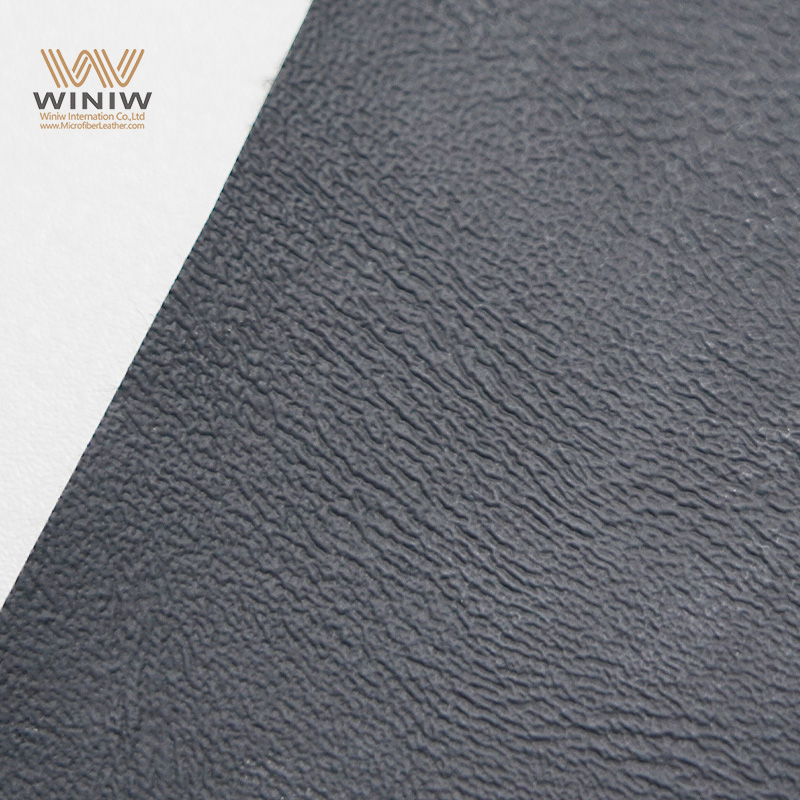
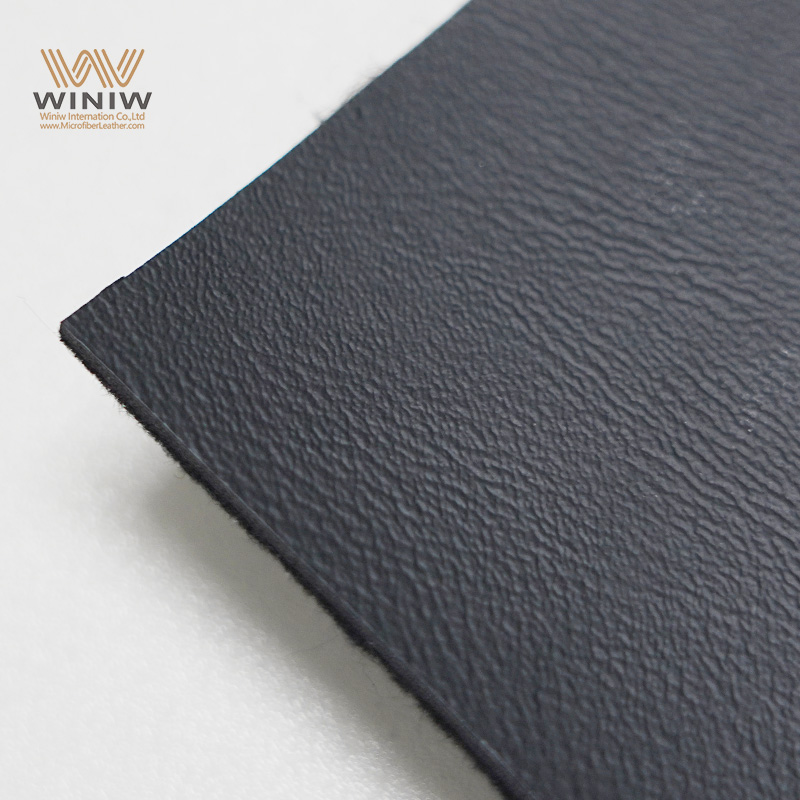
У каждого работника свои особенности стоп и требования к работе. Тестирование защитной обуви перед покупкой помогает людям найти подходящую обувь. наилучшим образом подходит для их собственного комфортаМногие розничные продавцы предлагают примерку или пробные периоды в магазине. Сотрудники должны пройтись, наклониться и постоять в обуви, чтобы оценить поддержку и гибкость. Также следует проверить наличие точек давления и скольжения. Правильная примерка гарантирует, что обувь обеспечит правильный баланс защиты и комфорта.
Совет: наденьте те же носки, что и на работе, когда примеряете защитную обувь. Это даст реалистичное ощущение комфорта и удобства при выполнении повседневных задач.
Некоторые магазины допускают возврат или обмен обуви, если она не соответствует ожиданиям. Сотрудникам следует воспользоваться этой политикой. Не стоит мириться с дискомфортом. Вместо этого им следует выбирать комфорт, отдавая приоритет удобству и ощущениям во время примерки.
Отзывы пользователей дают ценную информацию о реальные характеристики защитной обувиРаботники часто делятся впечатлениями о долговечности, посадке и комфорте. Чтение нескольких отзывов помогает выявить общие сильные и слабые стороны. Некоторые рецензенты отмечают, как обувь ведет себя во время длительных смен или в определенных рабочих условиях.
Таблица поможет организовать ключевые моменты отзывов пользователей:
Обзор Аспекта | На что обратить внимание |
|---|---|
Соответствовать | Комментарии по размерам и ширине |
Комфорт | Отчеты об амортизации и поддержке |
Долговечность | Примечания об износе с течением времени |
Функции безопасности | Отзывы о защите и сцеплении |
Работникам следует использовать эти данные для принятия обоснованных решений. Они смогут избежать распространённых проблем и выбрать защитную обувь, соответствующую их потребностям. Реальные отзывы способствуют более разумному выбору и большей удовлетворённости.
Выбор рабочей обуви с характеристиками, соответствующими требованиям каждой отрасли, обеспечивает оптимальную защиту и комфорт. Строителям требуются защитные ботинки со стальными защитными подносками, соответствующие стандартам OSHA и защищающие ноги от падающих или катящихся предметов. В производственных условиях часто требуется композитная защита подноска, изготовленная из легкие материалы Спецобувь, соответствующая стандартам ASTM и снижающая утомляемость во время длительных смен. Специалисты по техническому обслуживанию и инженерному делу пользуются защитой от поражения электрическим током, предотвращая поражение открытым электрическим током напряжением до 600 вольт. Медицинским работникам и работникам общественного питания необходима водонепроницаемая рабочая обувь, чтобы ноги оставались сухими в сырую погоду, а нескользящая подошва помогает предотвратить несчастные случаи на жирных или мокрых полах.
В следующей таблице приведены основные характеристики для различных отраслей:
Особенность | Описание |
|---|---|
Стальной защитный носок | Соответствует стандартам OSHA, что крайне важно для строительства и подъема тяжестей. |
Композитный носок | Легкий, соответствует стандартам ASTM, снижает утомляемость при производстве. |
Опасность поражения электрическим током | Щиты от электрических токов, имеющие решающее значение для технического обслуживания и проектирования. |
Водонепроницаемый | Обеспечивает комфорт во влажной среде, необходим для учреждений здравоохранения и общественного питания. |
Противоскользящий | Предотвращает падения, что особенно важно на рабочих местах со скользкими поверхностями. |
Выбор защитной обуви с соответствующими характеристиками для каждой должности обеспечивает максимальную защиту и способствует производительности.
Практичные элементы дизайна защитных ботинок отвечают уникальным требованиям различных производственных сред. Соответствие рабочей обуви опасностям на рабочем месте Улучшает защиту стопы и снижает риск травм. Комфорт и посадка по ноге играют решающую роль в минимизации усталости и повышении производительности труда. Лёгкие материалы рабочей обуви обеспечивают свободу движений, особенно во время длительных смен.
Стальная защита носка позволяет выполнять работы по подъему тяжестей.
Противоскользящая подошва помогает предотвратить падения на скользких поверхностях.
Прочная конструкция гарантирует, что рабочая обувь выдержит напряженный график и суровые условия.
Защитные ботинки, разработанные с учётом этих практичных особенностей, обеспечивают надёжную защиту и комфорт. Работники, которые выбирают защитные ботинки с особыми характеристиками, реже получают травмы и получают большее удовлетворение от работы. Работодатели, инвестирующие в высококачественную рабочую обувь, отмечают повышение уровня соблюдения требований и производительности труда в своих командах.
При выборе защитной обуви из полиуретана необходимо уделять особое внимание комфорту и защите. Работникам следует обращать внимание на правильность посадки, эргономичность и наличие сертификатов безопасности. В таблице ниже представлены наиболее важные моменты. важные аспекты выбора защитной обуви из полиуретана:
Ключевой аспект | Описание |
|---|---|
Правильная посадка | Обеспечивает максимальную защиту и комфорт; примерьте обувь в конце дня для точной подгонки. |
Эргономические характеристики | Выбирайте стельки против усталости и дышащие материалы, чтобы повысить комфорт во время длительных смен. |
Сертификаты безопасности | Убедитесь, что обувь соответствует стандартам безопасности, чтобы гарантировать защиту и комфорт. |
Влияние комфорта | Удобная обувь снижает утомляемость и повышает показатели профилактики несчастных случаев, что способствует повышению безопасности работы. |
Работники всегда должны ценить собственный комфорт и защиту. Примерка разных пар и чтение отзывов помогут вам выбрать лучшую защитную обувь из полиуретана.
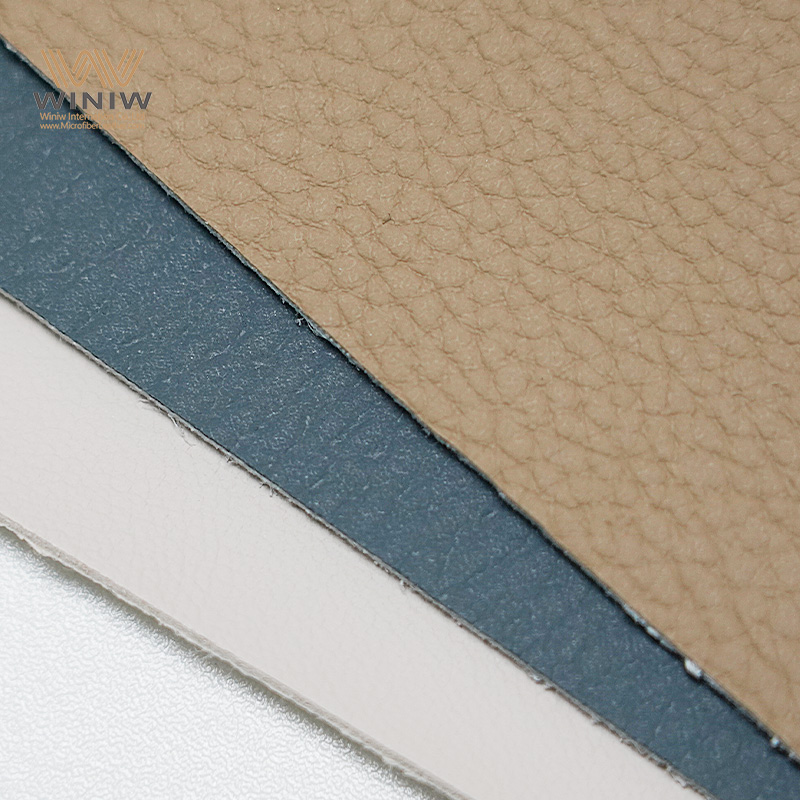
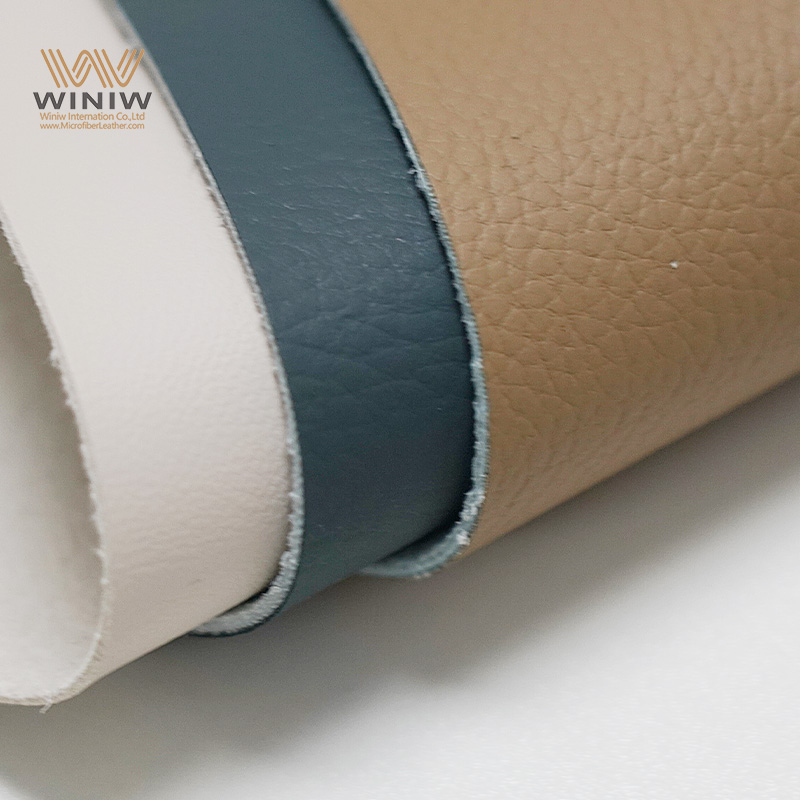
Защитная обувь из полиуретана изготовлена из лёгкой полиуретановой подошвы. Она поглощает удары и снижает усталость ног. Работники испытывают меньше боли во время длительных смен. Материал также сохраняет гибкость и поддержку в течение всего рабочего дня.
Большинство экспертов рекомендуют менять полиуретановую защитную обувь каждые 12–18 месяцев. Интенсивное использование или видимый износ могут потребовать более ранней замены. Регулярные осмотры помогают поддерживать безопасность и комфорт.
Защитная обувь из полиуретана часто имеет водонепроницаемый верх и нескользящую подошву. Эти характеристики особенно полезны для работы во влажной среде. Всегда проверяйте характеристики водонепроницаемости изделия.
Совет: вынимайте стельки после каждой смены и давайте обуви высохнуть на воздухе. Используйте антимикробные спреи или порошки. Регулярная чистка и правильное хранение помогают контролировать запах и поддерживать гигиену.